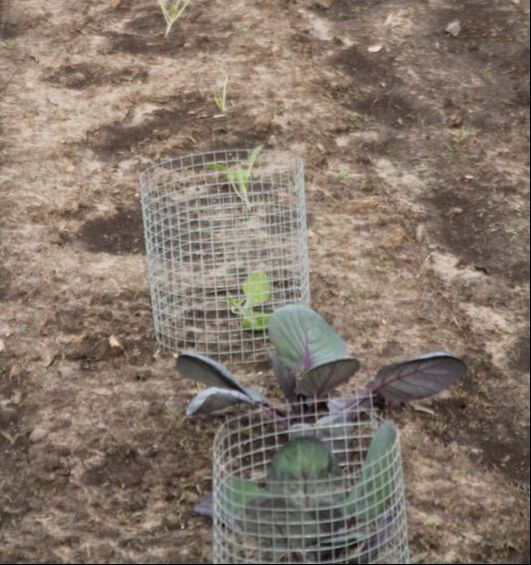|
Spring is getting closer. You have picked seeds or decided to plant seedling transplants. You now need to prepare your garden and determine when to start your seeds or plant them directly. Step 7: Preparing your GardenA decision on how you are going to garden has to be made. If you are doing in ground planting, you will need to either till the area you want to plant or get a dump truck of soil and spead over the garden. Most folks just till. If you have the time, grass can be killed by placing cardboard or a tarp over the area for several weeks. If you don't have the time, mulching will help stop grass from growing back in your garden after it is planted. A search on YouTube will yield a variety of videos to show how to garden. Raised bed gardening is a good option. If you are handy with hammer and saw you can build your own raised beds or purchase a kit from any number of places. There are a lot of patterns on the internet. If you don't want to build with wood, cattle tanks work well. You will need to put some drainage holes in the bottom so the water will drain out. Other large containers also work well. If your raised bed is wooden bed going directly on the ground, you may want to put a screen under it and up the sides to keep burrowing rodents out of your bed. Another option is container or patio gardening. Any containers will work...kits, 5 gallon buckets, pots, Container gardening can be done on a patio, in a space in your lawn, in existing flower beds. You can even build or find devices to lift your containers off the ground to make them raised beds. Straw bale gardening is another option. The bales take some preparation by wetting them down and you will need some soil to put in the middle. The Wisconsin Gardener has a video demonstrating how to make a Straw bale garden Lasagna gardening is another option. The Gardening Channel explains Lasagna Gardening and has links to other related articles Step 8: Cool Season Crops / Warm Season Crops.Veggies are broken down into "cool season" and "warm season" crops. Warm season crops should be planted after the last frost in your area. Check the back of your seed packets or the tags that come on your transplants for more planting information. Also their are some veggies that require little attention from planting to harvest. They are recommended for community gardens and are included here. Check the USDA Hardiness Zone map and your last Spring frost dates. Wisconsin Frost Dates and Hardiness Zones Frost Dates by Zip Code Hardiness Zones for the US When you become a gardener, you start watching the weather more closely.
Step 9: PlantingThe most important thing is to plant seeds as recommended on the seed packet. If you need to carry a small ruler to get the appropriate depth, do it. Or measure the distance on one of your fingers. You will soon be able to judge the depth and not need to worry about measuring. Seeds are sensitive to light and have different depth requirements. They also tolerate a tad to deep or shallow but if planted to deep they will not germinate. Soil temperature is another important aspect of planting. This is why there are warm season and cool season crops. Many seeds need the warmer temps to germinate and thrive. You can use a soil thermometer or plan on planting the warm season crops around Memorial Day. Seed packets usually have a temperature recommendation. University Extension Penn State has an excellent Vegetable Planting and Transplanting Guide with information on when to start indoors or to plant outdoors. The Creative Vegetable Gardener has excellent advice on her blog on How to grow more food with a custom planting schedule. If seeds are started indoors make sure they have enough light so that they don't get to leggy before transplanting outside. A planting method that is becoming more popular at our Community Garden is creating raised rows before planting. It enables us to know where the rows of seeds are and also to mulch the pathway between rows before the seedlings emerge, thus eliminating lots of weeds immediately. The raised rows are created by raking or shoveling the soil into a 6 inch elevated mound. In the picture, the elevation is visible on the right side. Once seeds are planted, don't forget to water. The water stimulates germination. Sending wishes of success for your planting.
Remember when gardening there are no mistakes just learning opportunities.
0 Comments
|
AuthorRose Schneider. Archives
January 2024
Categories |
HoursDaily: 7am - 8 pm
Daylight hours |
Telephone1-608-588-6040
|
|

 RSS Feed
RSS Feed